13 Best Diamond Alternatives in 2021
13 Best Diamond Alternatives in 2021
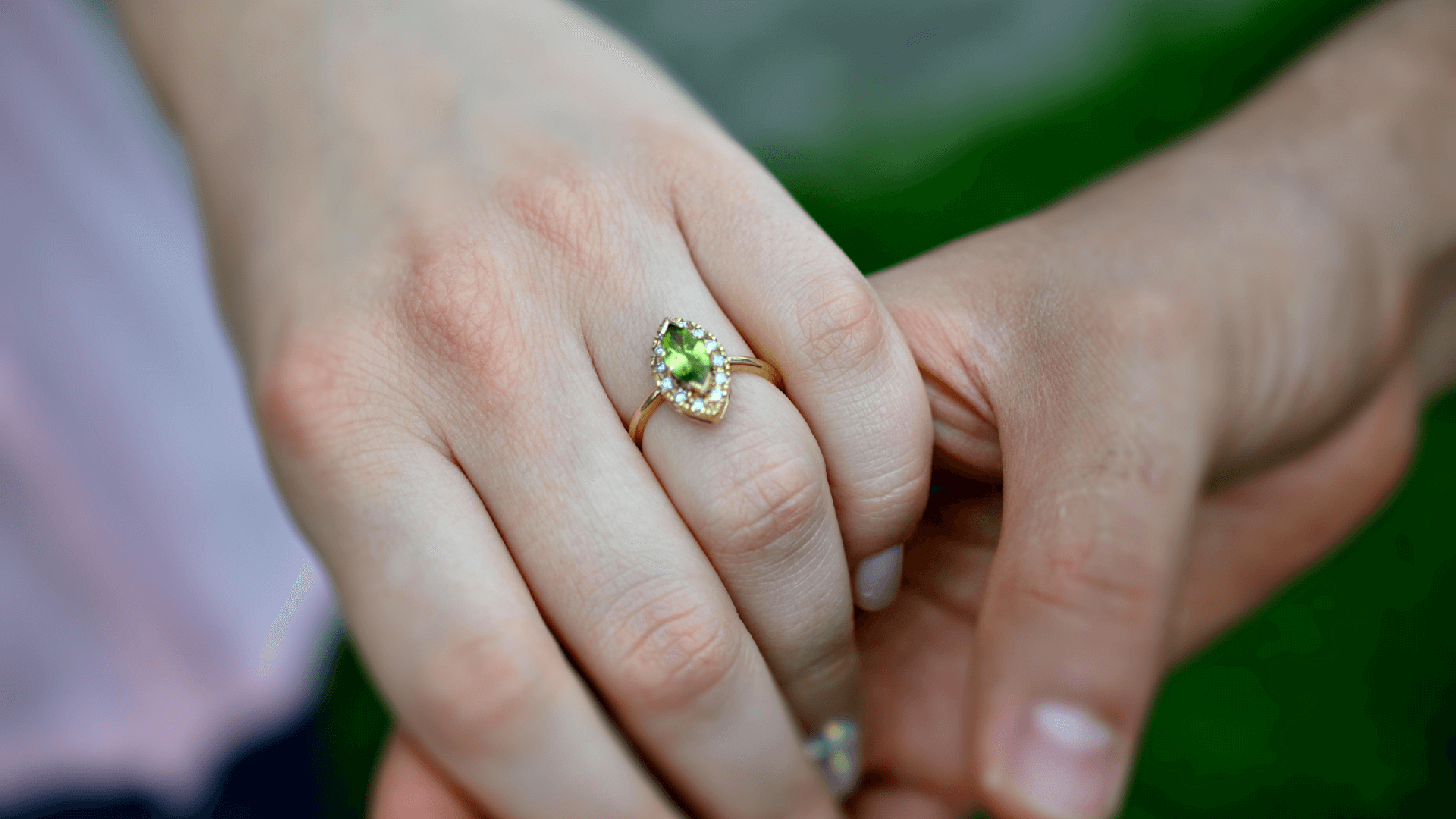
Diamonds are a girl’s best friend — unless they’re not. A whopping 86% of consumers shopping for an engagement ring end up choosing a diamond as their center stone, but that leaves 14% of people opting for a diamond alternative. If you’re in the market for something a little different, check out the 13 best diamond alternatives of 2021 and see what makes your heart go pitter-pat.
1. Moissanite
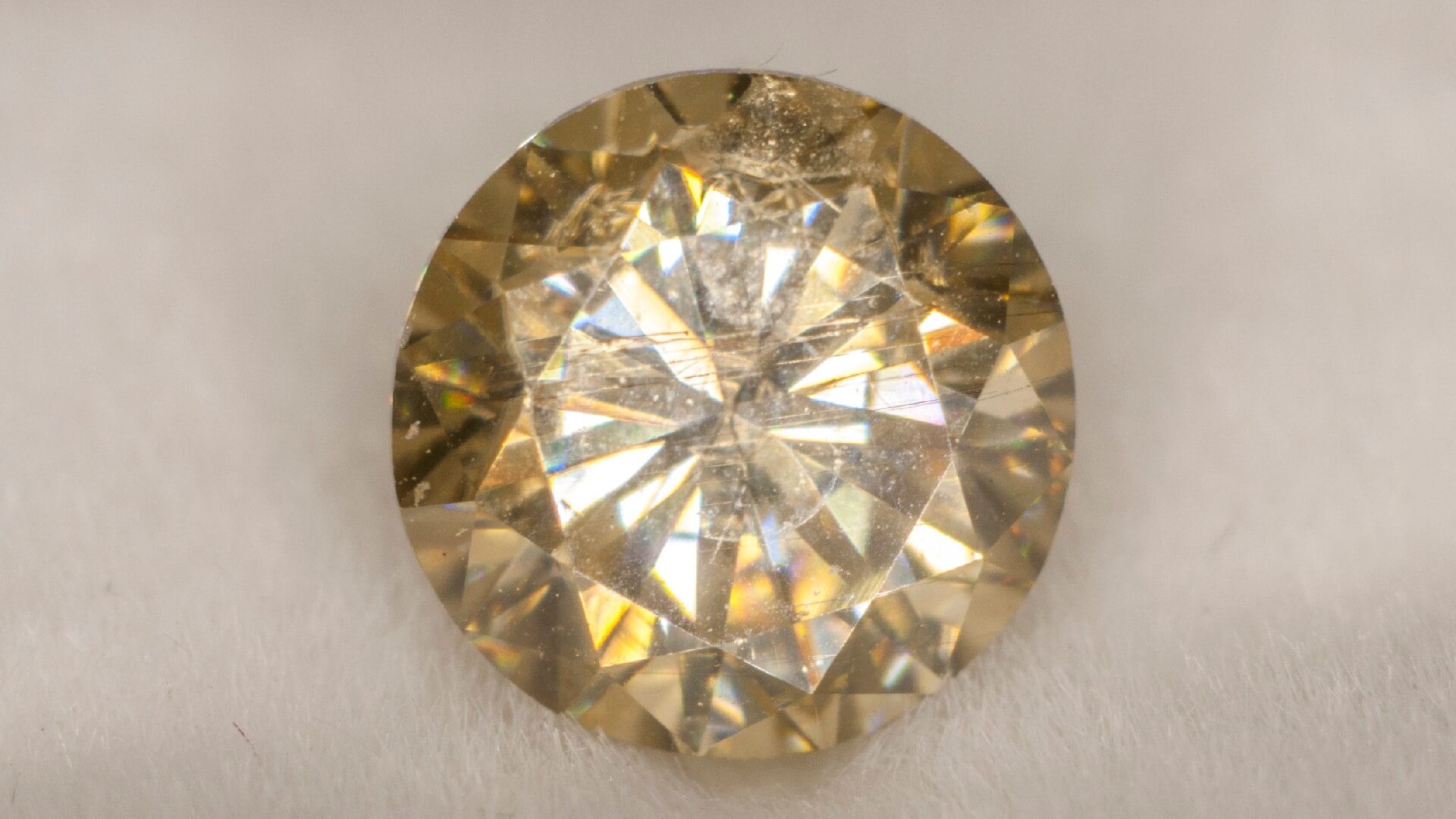
Moissanite is a wonderful diamond alternative for engagement rings because it has recognizable sparkle and shine at a fraction of the price. Moissanite is named after Henri Moissan, the French scientist who discovered the stone in Arizona in 1893. It’s difficult to find naturally occurring Moissanite, so today’s gemstones are almost exclusively lab created. The result is a brilliant, remarkably clear gemstone that’s also durable, making Moissanite jewelry a great choice for special occasions.
2. Blue Sapphire
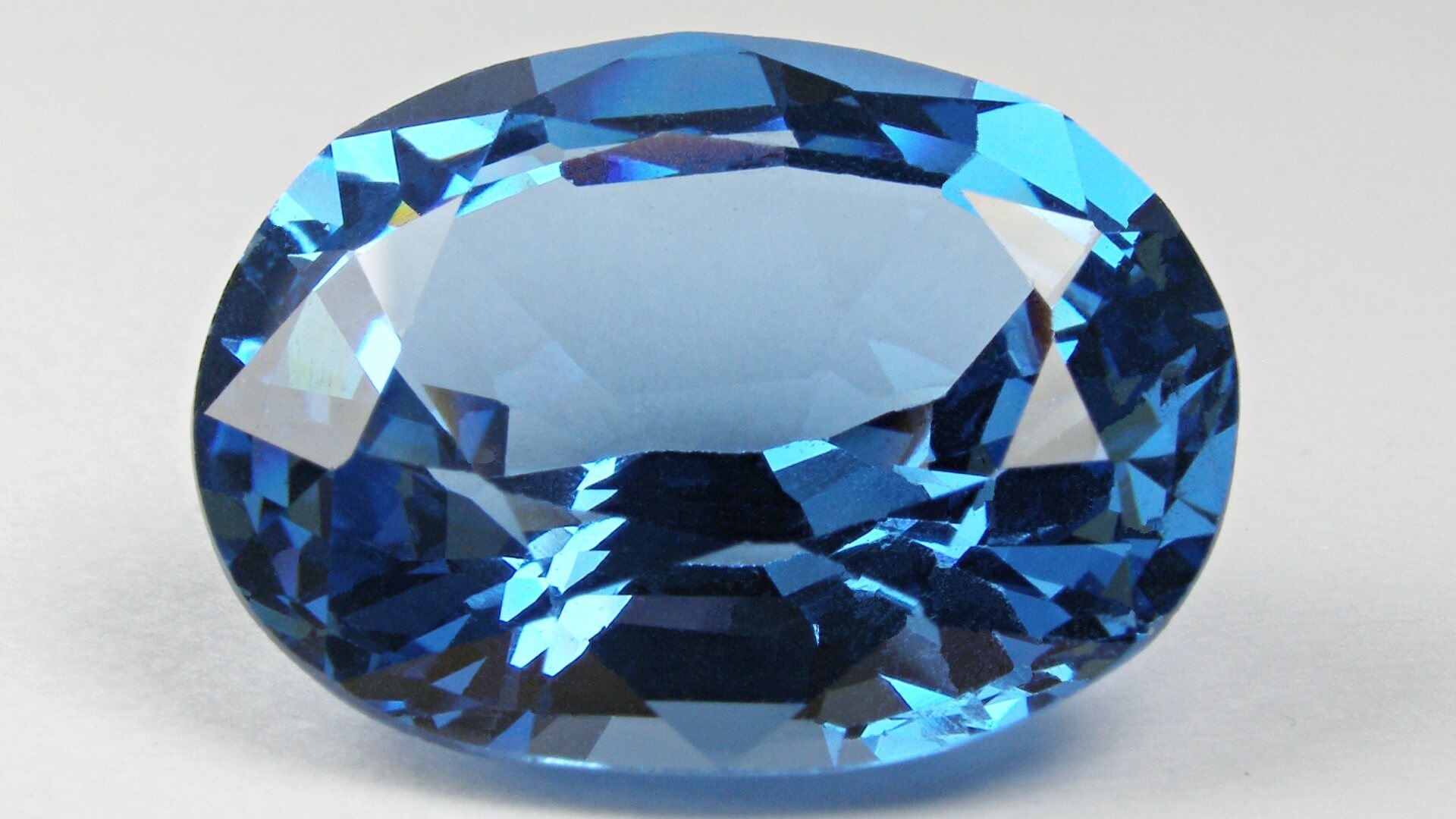
Blue sapphire is a durable stone, largely because it doesn’t cleave or easily break even when it smacks up against something hard. In other words, it’s not likely that you or your fiancée will harm the stone if it accidentally gets tapped against a dresser or desk. Phew!
Blue sapphire also has an undeniably regal feel. This is at least in part because of its ties to the British Royal Family, first as Princess Diana’s engagement ring, which was then passed down to the lovely Duchess of Cambridge, who wears the ring to this day.
3. Morganite
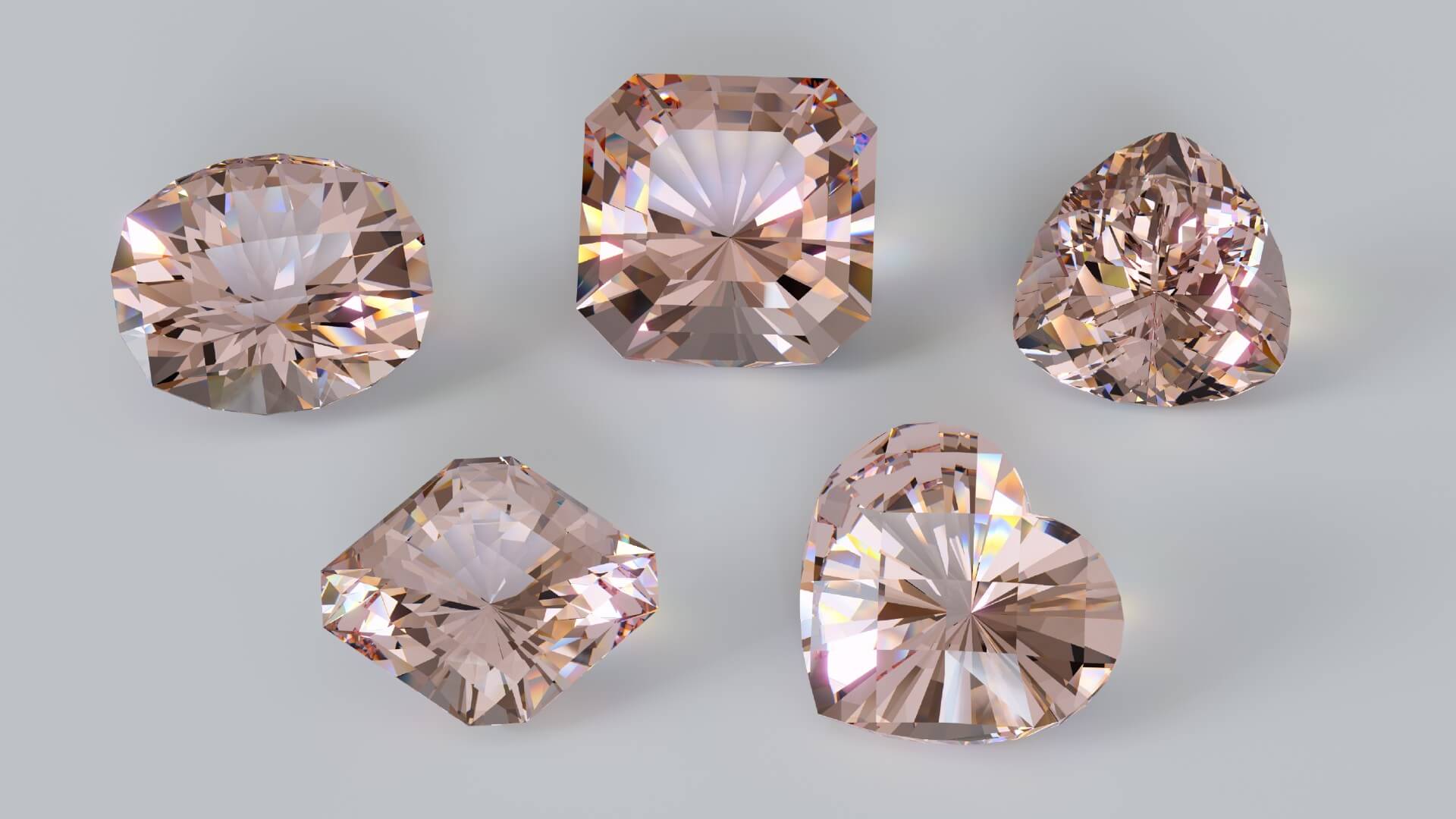
For soon-to-be-engaged couples interested in a little color, there’s this diamond alternative that’s all about soft, romantic pinks. Blush and morganite go hand in hand. Most examples of the stone are light in color, though there are some rare examples that exhibit a deeper, richer hue. Morganite isn’t quite as durable as precious gems like a sapphire, ruby or diamond, but its 7.5-8 rating on the Mohs scale means it’s still plenty hardy for an engagement ring.
Try it in a rose-gold setting for an extra nod to all things romance.
4. Opal
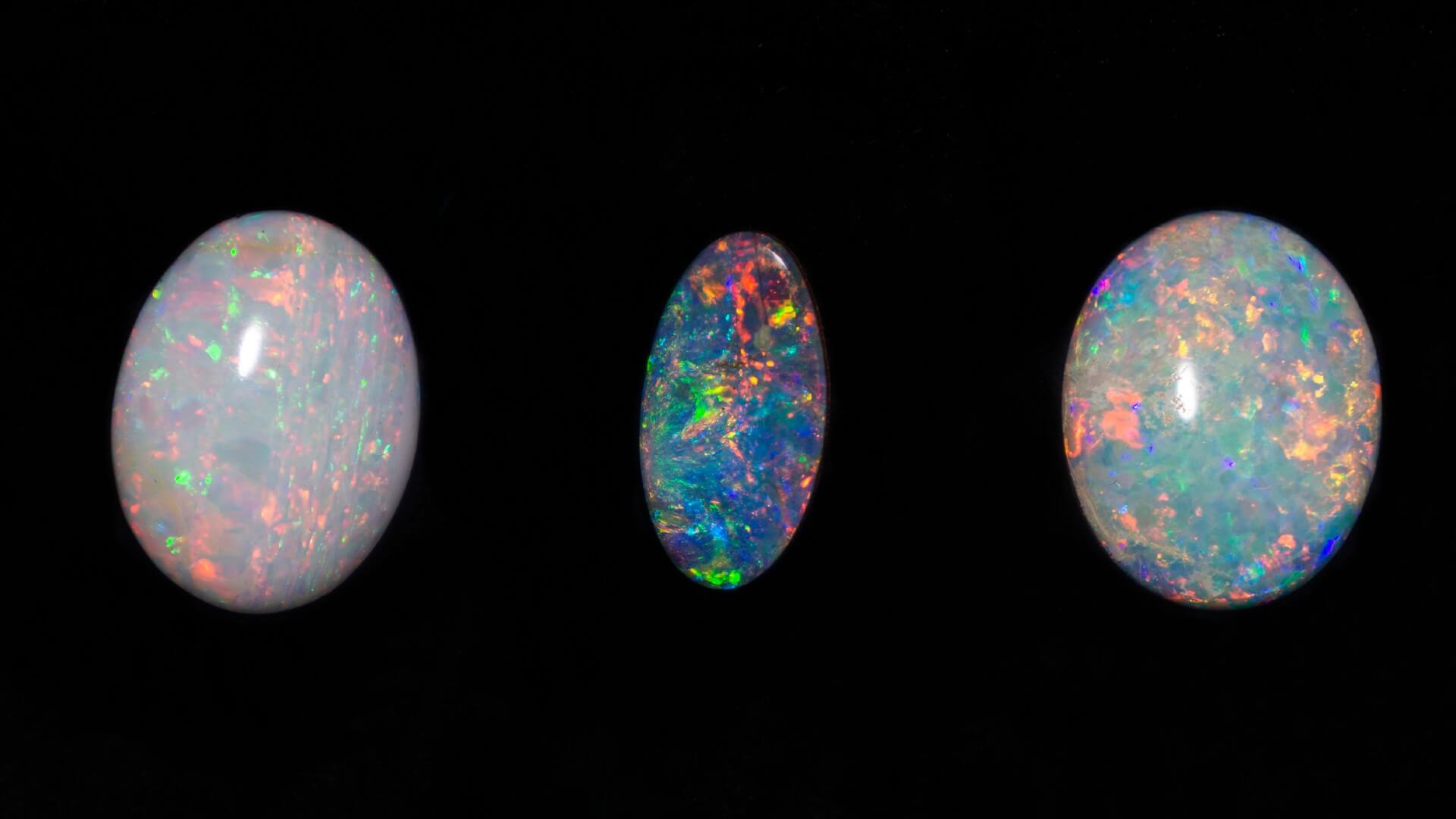
The unique color dance found in opals makes a fiery yet elegant statement. Whereas diamonds emphasize clarity and absence of color, opals are known for displaying breathtaking iridescence. The most common representations of the stone look somewhat milky with flecks of bright greens, pinks, oranges and yellows. But there are other variations like black opal that are characterized by darker hues.
Opals are said to represent confidence, fidelity and creativity — three things that could help nurture a loving and lasting marriage. Swap out diamonds for an opal engagement ring, and you have a piece of jewelry that’s perfect for a free spirit, boho wedding or anybody who dresses outside the box.
5. Alexandrite
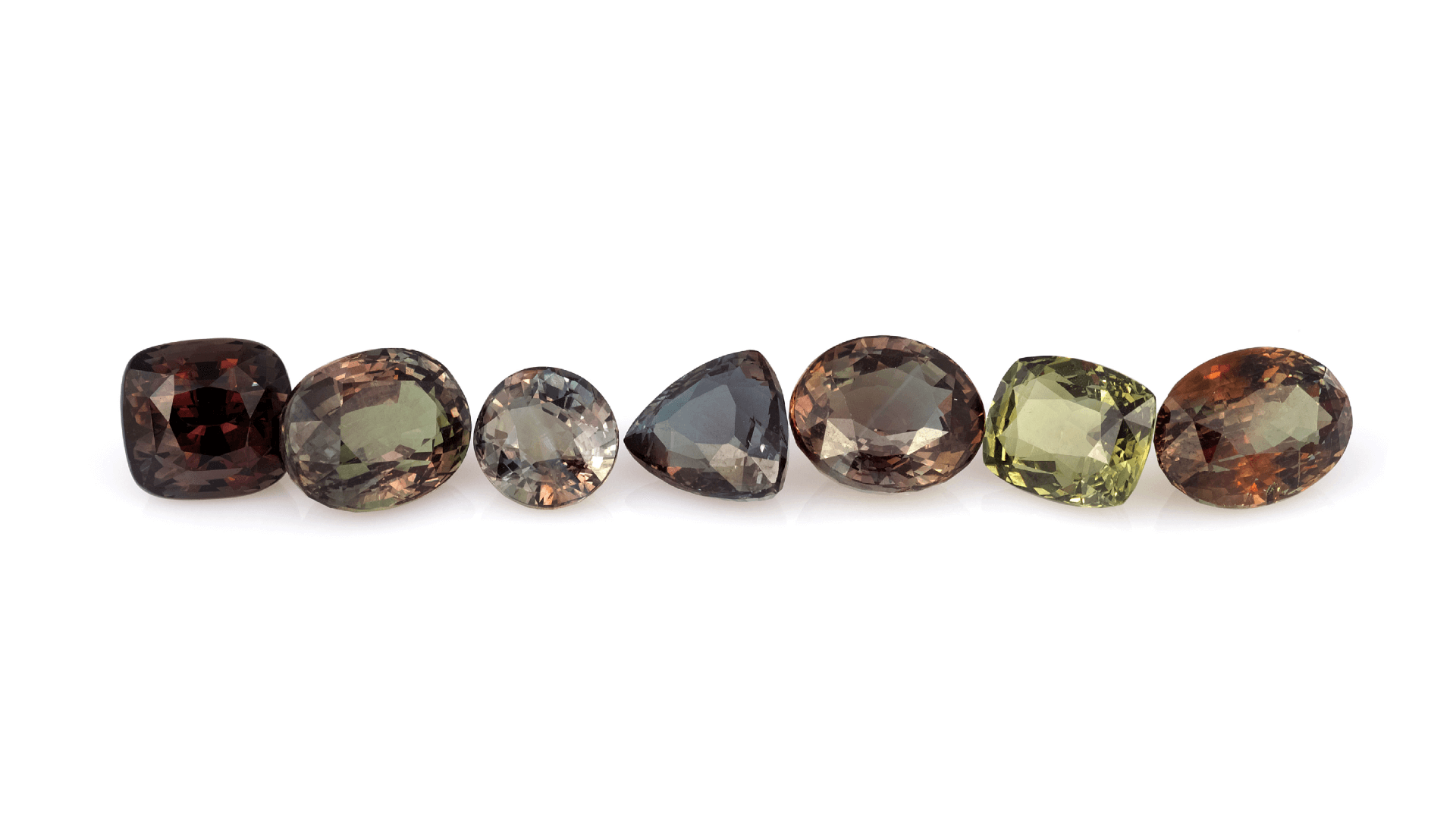
Alexandrite is like having two stones in one. In sunlight or fluorescent light, it looks greenish blue. At night or in low-light situations, it looks purplish red. It all feels a bit magical — just like your love, right?
Depending on who you ask, Alexandrite has a wealth of powerful meanings. Some people believe its color-changing properties are an indication that it can go between the spiritual and physical worlds. Others believe the ring stands for good luck and longevity. Whether you’re a fan of the stone’s aesthetics or what it represents, Alexandrite would make a wonderful engagement stone.
6. Moonstone
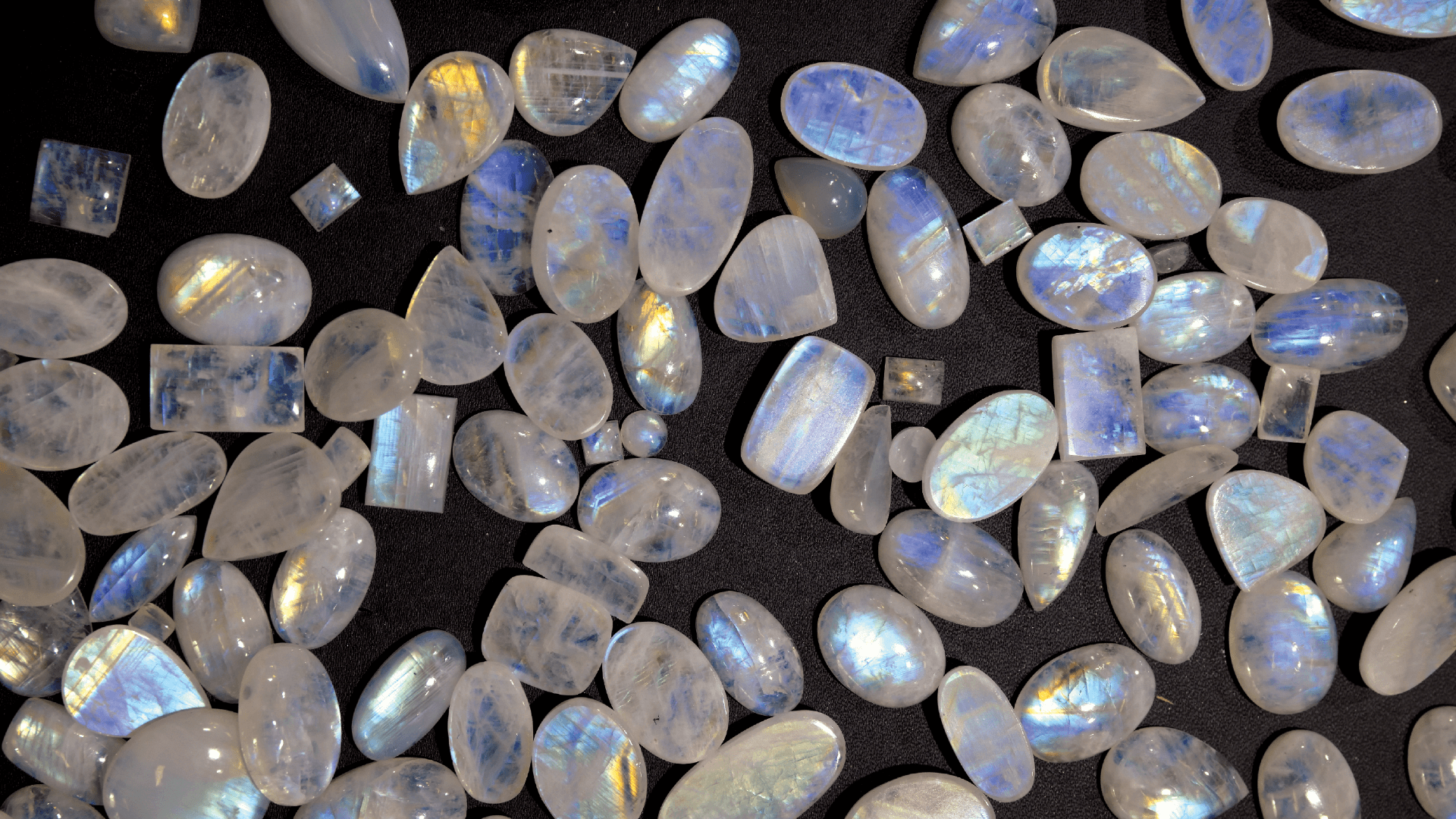
Much as its name suggests, moonstone almost glows with a milky, blue-white sheen that looks like it gets its glow straight from the sky. Given that the stone stands for a range of things — including new beginnings, calmness, success, inspiration and good fortune — it’s no wonder that it’s a considered as an alternative to a traditional diamond engagement ring.
7. Ruby
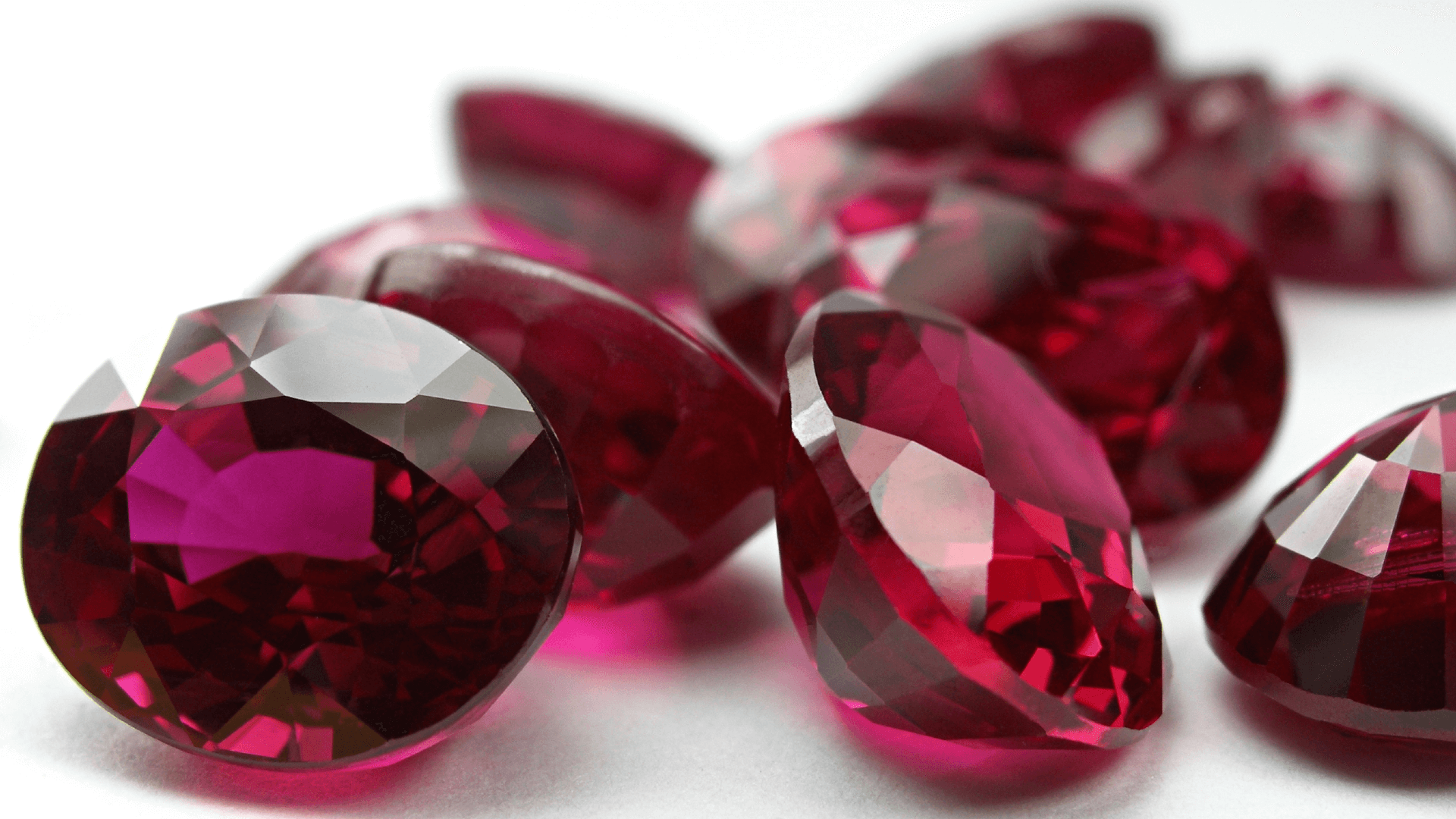
While diamonds may seem like the go-to choice for engagement rings, that wasn’t always the case. Rubies have been associated with the upper echelons of society for centuries. Kings and queens wore ruby rings, and since the stone symbolizes courage, passion and love, it makes sense that they’re prized in wedding jewelry.
Rubies are second only to diamonds in terms of durability, but their sultry red coloring make them seem almost soft and supple. You can choose from rubies with a more purple undertone or options that lean toward blue or orange.
8. Emerald
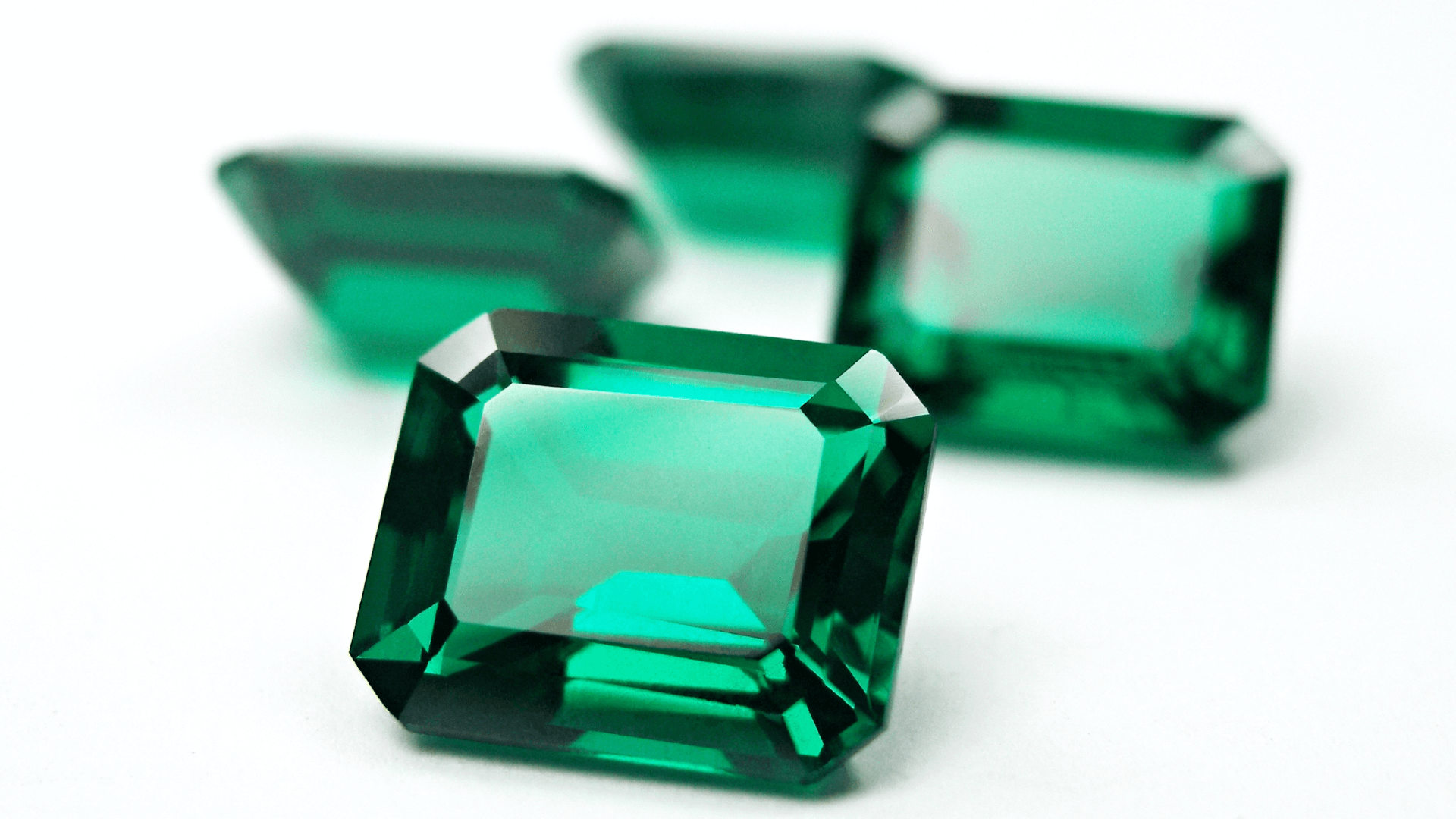
Emeralds are stunning green gemstones. They’re lauded not only for their color but also their clarity and both graded and priced accordingly. Some people believe that emeralds are too soft to be used in everyday-wear jewelry like an engagement ring, but in actuality, emeralds are a 7.5 or 7 on the Mohs scale. As long as you choose a stone without too many surface-level occlusions, you shouldn’t have any problems with the integrity of your stone.
Emeralds are one of the rarest of the precious gems (even beating out diamonds in terms of scarcity), and they can be costly. But the stunning effect of an expertly cut emerald center stone in an engagement ring can’t be overstated.
9. Tanzanite
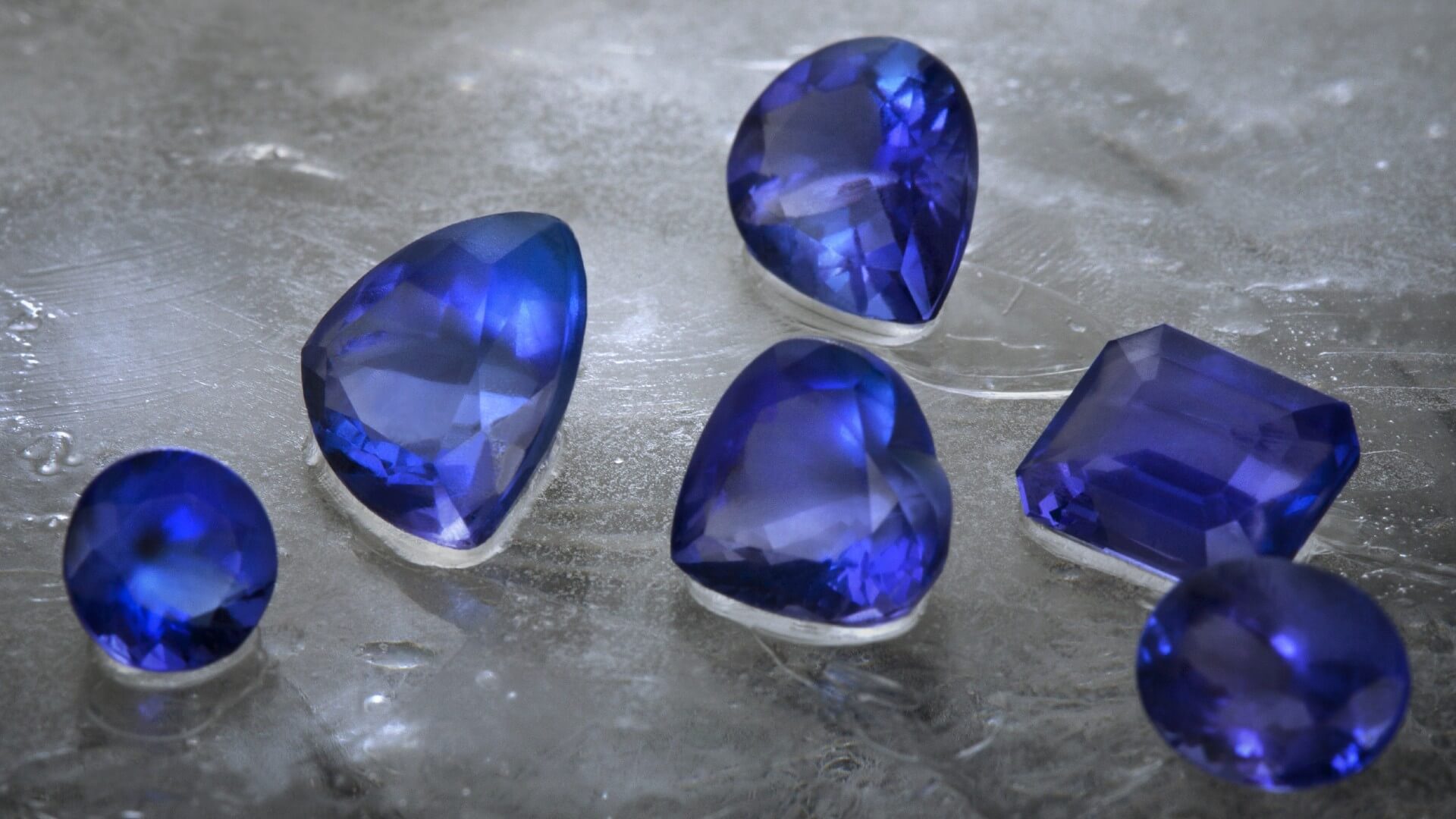
There is only one place on the planet where tanzanite is mined. It was discovered at the foot of Mount Kilimanjaro in Tanzania in the 1960s. It’s said that the deposit is over 585 million years old, and because it’s the only one known to man, it’s likely the only one that exists. Once the mine is empty (which experts estimate will happen by 2040), that’s it.
Tanzanite looks like a once-in-a-millennium stone, too. It’s a gorgeous blend of blue and purple and may show off different colors depending on the angle at which the stone is displayed. It’s surprisingly affordable given its rarity. The one drawback to tanzanite is that it’s a fairly soft stone; that doesn’t rule it out for use in an engagement ring, but if the wearer has a very active lifestyle, it may not be a great fit.
10. Amethyst
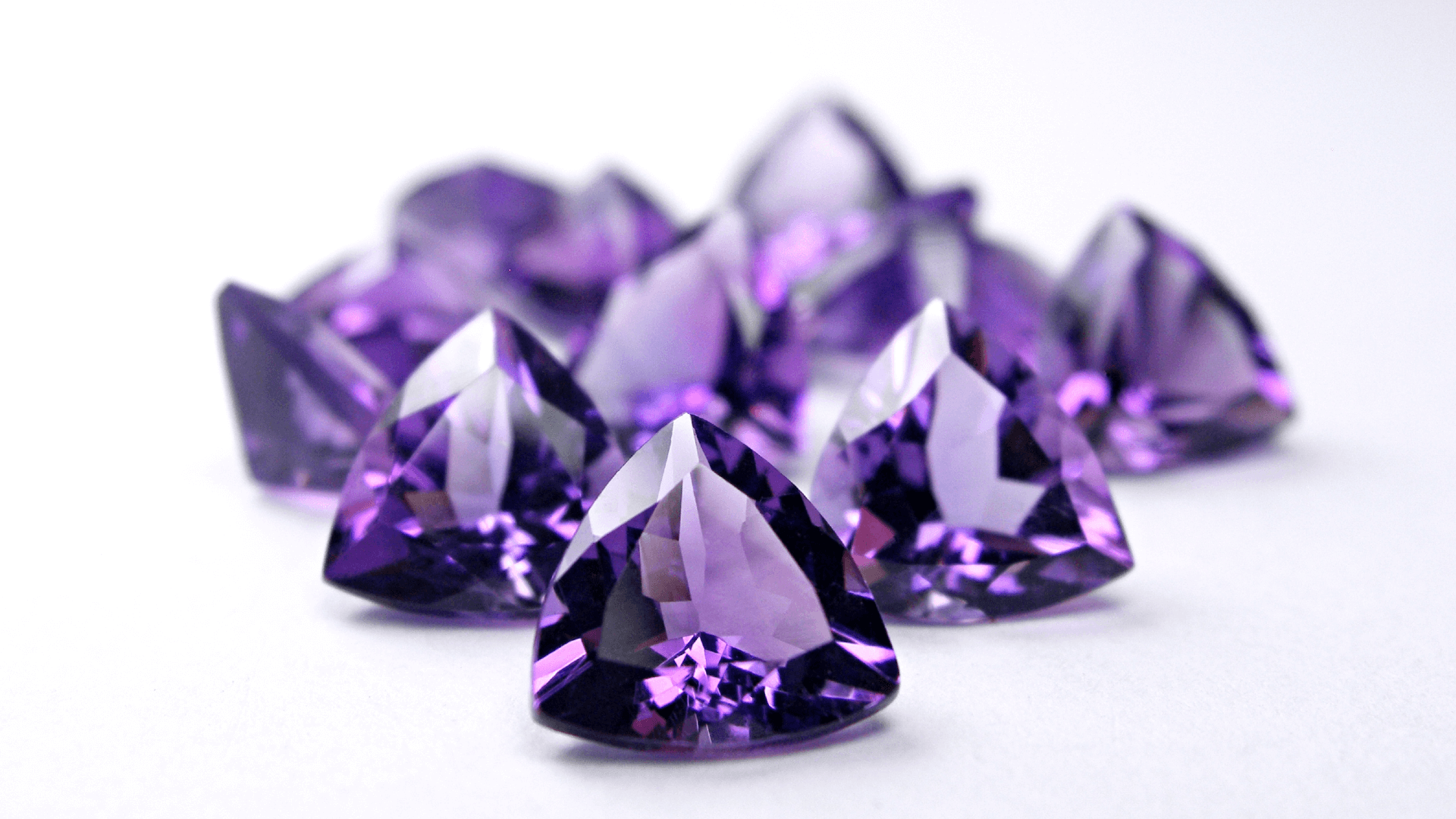
A gem that stands for reverence, chastity and trust? Sounds like an ideal option for an engagement ring. Amethysts are actually a type of quartz that has a violet tone. It’s linked to relief from stress, fear and anxiety by those who know crystals, so brides with an appreciation for healing stones may be especially keen to wear an amethyst ring.
Amethyst is a little on the softer side with a rating of 7 on the Mohs scale, but it should be okay with some routine re-polishing every few years.
11. Aquamarine
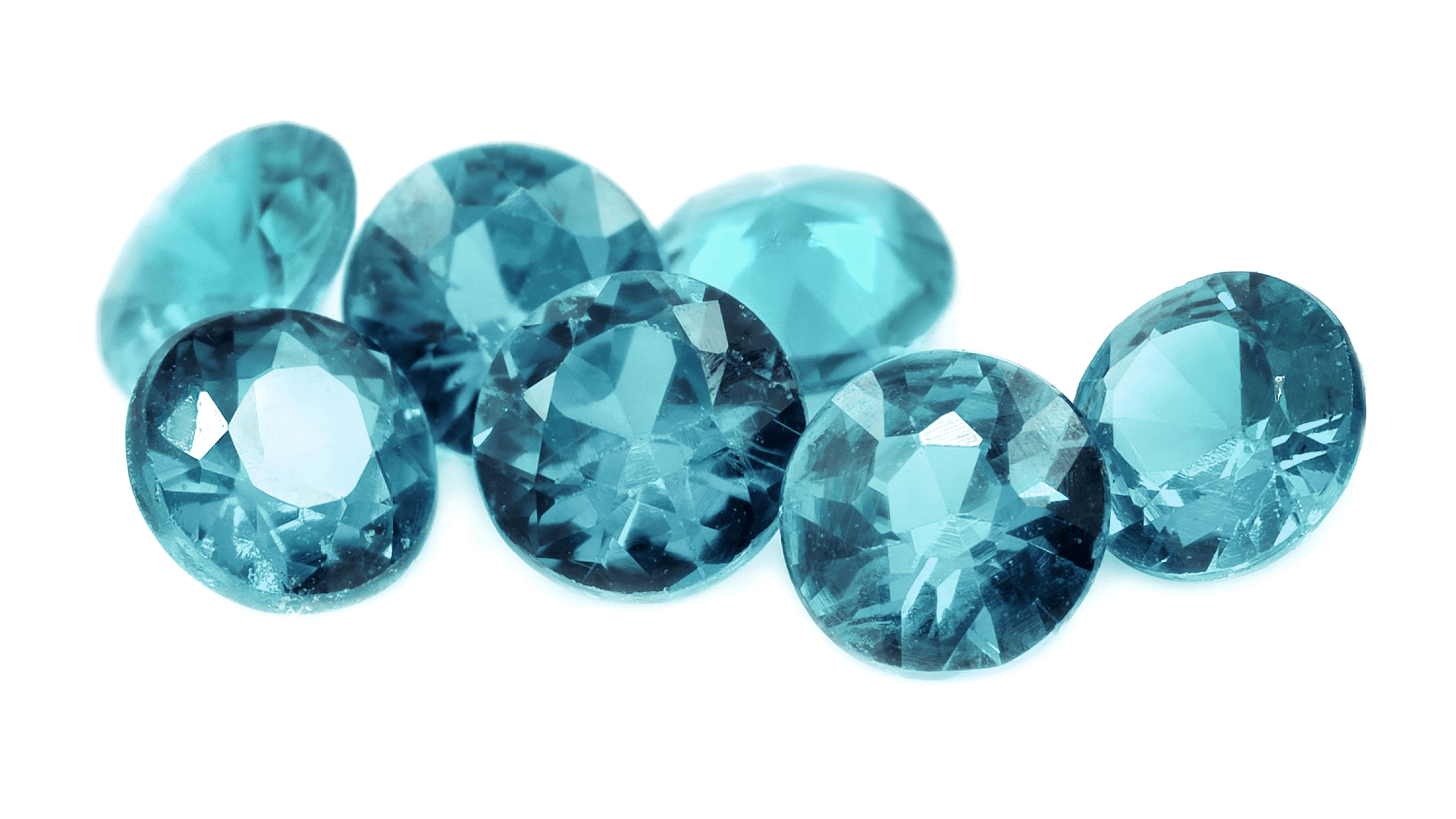
Aquamarine’s startlingly blue hue is made more jaw-dropping by the fact that the stone is often found in near-flawless condition. That means you can buy a larger carat weight aquamarine stone without worrying about occlusions or the bill that would normally come with such a find.
The name “aquamarine” means “water of the sea,” and that’s what the stone looks like. As the centerpiece of an engagement ring, this gem brings a certain freshness and light that’s definitely memorable.
12. Blue Topaz
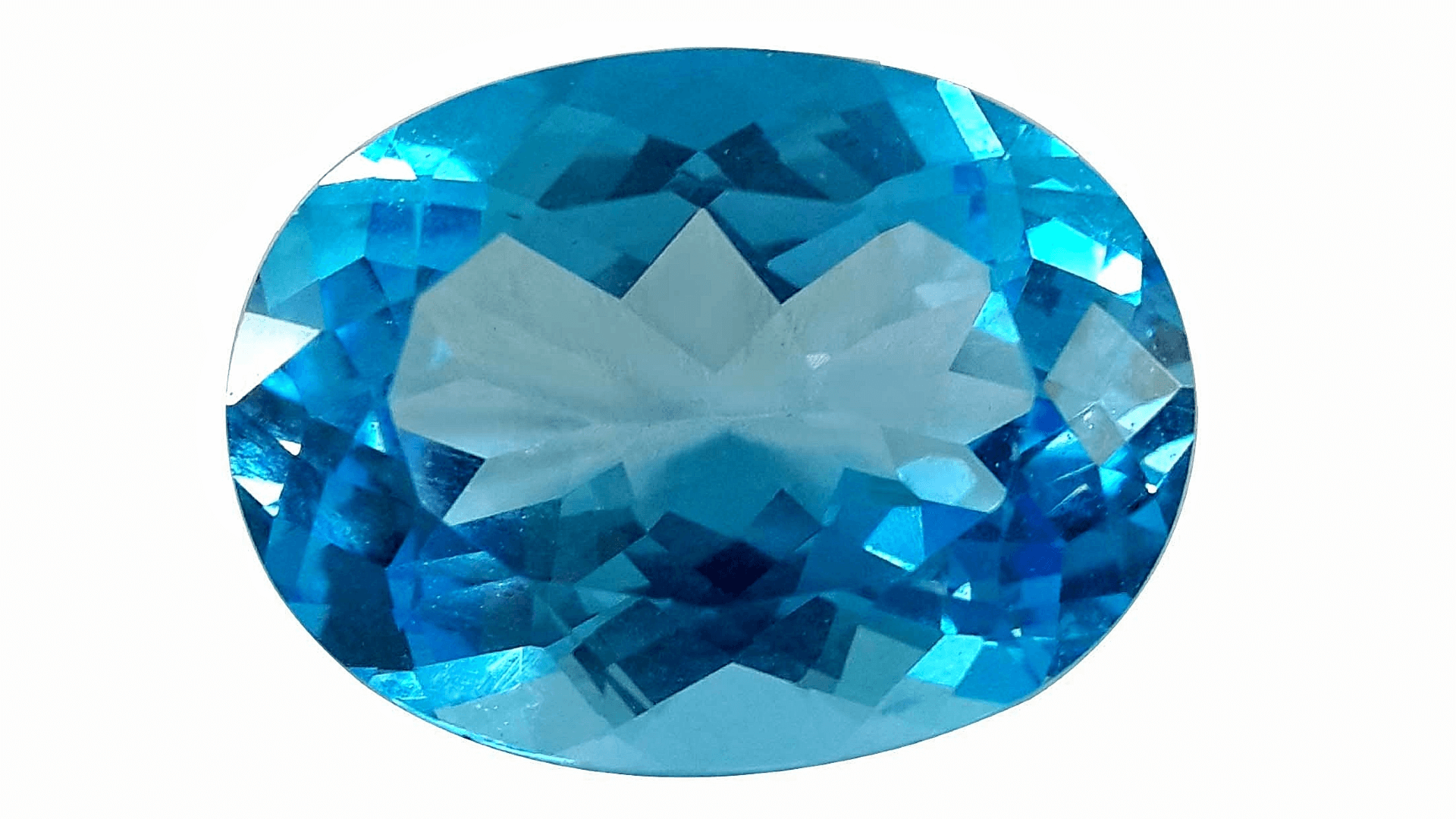
If you’re considering blue topaz for an engagement ring, there are a couple reasons why you should forge ahead. For starters, the blue stone is quite pretty. Secondly, it’s an 8 out of 10 on the Mohs hardness scale, so it’s durable. Third, you can find large crystals of blue topaz for a reasonable price. If you want a huge, statement-making engagement ring and would be happy with a diamond alternative, blue topaz may be a dream come true.
13. Garnet
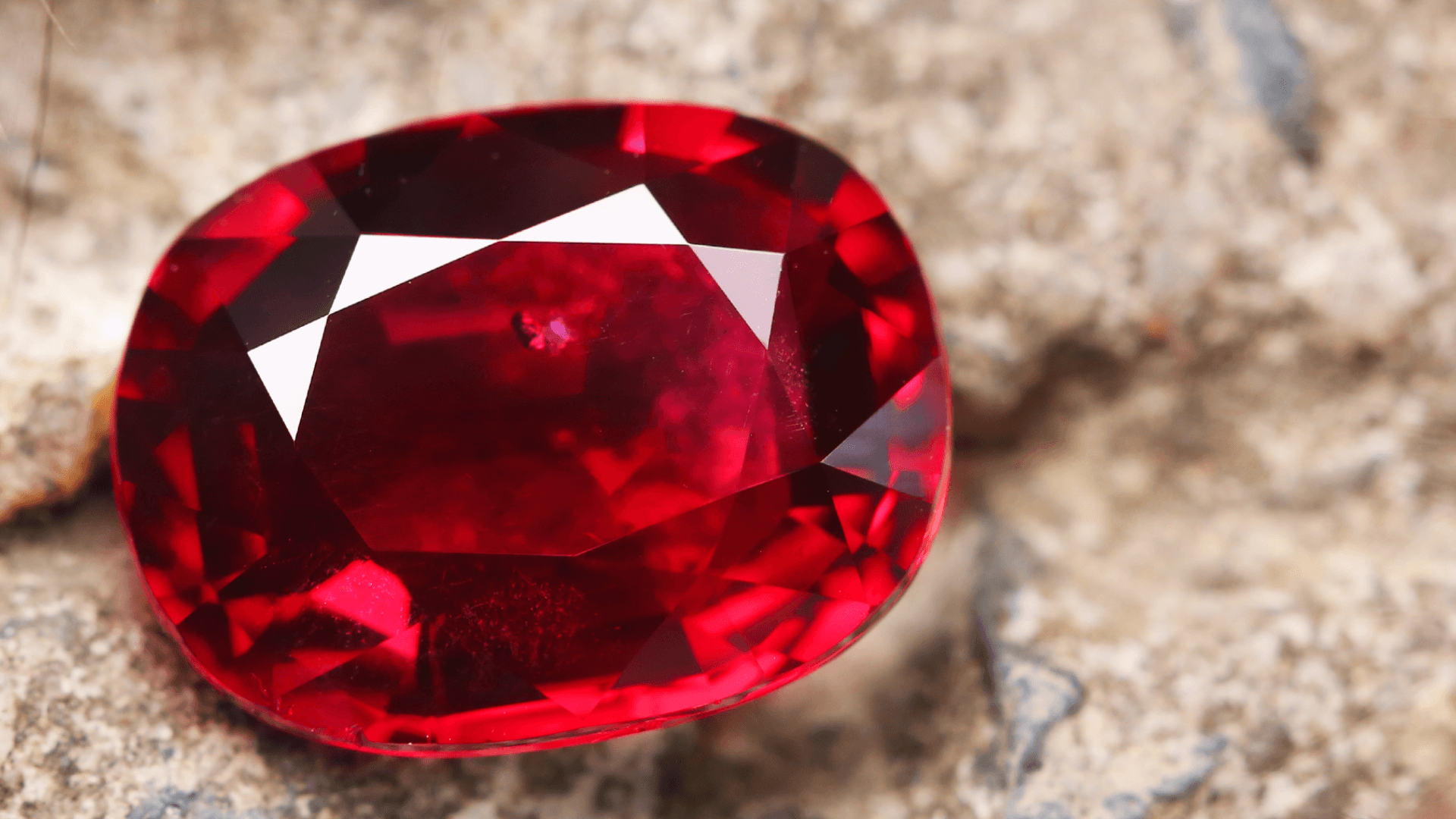
Garnet is beautiful, affordable and full of flash. These deep red gemstones are admirably durable, which means you can wear it and not worry that you’ll ding or scratch the stone simply by going about your day. It also has a long history as a symbol of life, love and victory. Garnet stones come in a range of red tones, and all are reasonably priced so you can pick the color that catches your eye the most and create a custom engagement ring you and your sweetheart will treasure.
For more information on diamond alternatives, check out our gemstone buying guide.

POST COMMENT